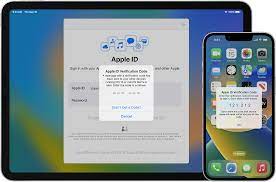Nokia is expanding further into the tablet space, and here’s a great all-around kit. In our review of the cheaper T20 tablet last year, we said we were excited about the potential for higher-end devices in the future.
Nokia seems to have obeyed, offering a slick, powerful machine based on Android that offers smooth operation across a variety of user-friendly apps. It also has environmental credentials, with the T21’s sturdy body made from aluminum and 60% recycled plastic.

The T21 has a crisp 10.36-inch 2K display that really pops off the screen when streaming videos and playing gaming apps like Call of Duty. It’s also great for work video calls, thanks to the trusted Google Meet service. So when you need to use the decent 8MP camera on the front to talk to colleagues in HD, you’ll be happy to slip this slim device into your bag for use in your mobile ‘office’.
It sounds great, too, with dual speakers on either side of the device, and Nokia’s Ozo Playback audio giving the device deeper bass notes than you’d expect from such a compact, slim chassis. That means movies, games, and even YouTube videos deliver clear and rounded sound with up to 96db of output.
The tablet can be used as a wireless second screen for your Windows PC, giving your main computer more visual real estate when needed. It aggressively promotes the use of electronic pens on the screen, so it’s a real option for those who want to draw creatively throughout the day. The company even bundles the Bamboo app for pen users to try and draw masterpieces.
Connectivity is good. We never noticed a dip in network usage after hours of video streaming and gaming. The T21 features NFC technology, allowing on-device payments, voice calling and texting, making mobile connectivity even easier. It also has up to three days of battery life with low usage or around 15 hours of web browsing, which is pretty impressive.
There’s also a quick charge option when the battery runs out. For your peace of mind, the company also offers three years of monthly security updates and two years of OS software upgrades, meaning your tablet will have the latest features and be safe to use for years to come.
All in all, it’s a very well-rounded tablet running the increasingly faster Android platform. It looks slim and elegant, with decent cameras on the front and back. It’s no iPad, they’re still in another class, but it’s a lot cheaper at £239 and has some eco-credentials from Earth Defenders. With its versatility and long battery life, it’s a mid-priced tablet worth considering.
>>>>>>>>>>>>Tablet Battery









